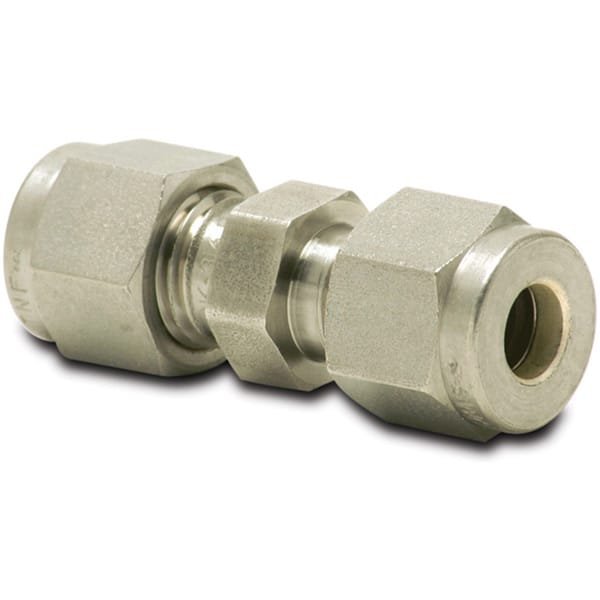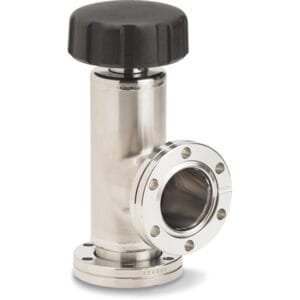Swagelok Straight Unions: Reliable Tube-to-Tube Connections for Process and Instrumentation Systems
Swagelok Straight Unions from TFM are precision-engineered to connect two tubes of the same diameter in a straight-line configuration. Featuring Swagelok’s industry-trusted dual-ferrule compression design, these fittings ensure leak-proof, torque-free seals that deliver consistent and secure performance in a wide range of gas and liquid applications.
Whether used in laboratory instrumentation, process control systems, or vacuum setups, Swagelok Straight Unions offer exceptional reliability, easy assembly, and compatibility with both stainless steel and brass tubing systems.
Key Features of Swagelok Straight Unions:
Leak-Proof, Torque-Free Sealing
Swagelok’s advanced compression mechanism ensures gas-tight or liquid-tight sealing without excessive torque—enabling quick, safe, and repeatable installations.Straight, In-Line Tube Connection
Designed for joining equal-sized tubes, these unions are ideal for extending lines or bridging system components without changing the flow path.Reduction of Hazardous and Costly Leaks
Built to maintain seal integrity under vibration, pressure, and thermal changes, these fittings help eliminate system failures, reduce downtime, and enhance operational safety.Material Flexibility for Media Compatibility
Stainless Steel Straight Unions: Best suited for gas systems, including corrosive or high-purity environments such as UHV, vacuum, and chemical delivery lines.
Brass Straight Unions: Ideal for water systems, cooling loops, and non-corrosive fluids under moderate pressure.
Supports Both Metric and Fractional Tubing Sizes
Available in a wide range of sizes for global compatibility across process and instrumentation standards.
Applications:
Extending tubing lines in gas or liquid distribution systems
Joining equal-sized tubes in process panels, skids, or field assemblies
Vacuum and pressure control setups in lab or industrial settings
Fluid delivery in cooling, hydraulic, or analytical systems
Maintenance and retrofit of aging or modular tubing infrastructures
TFM also provides a comprehensive lineup of Swagelok-compatible fittings, including reducing unions, bulkhead connectors, tees, elbows, and NPT adapters, making it easy to build fully integrated, leak-free tubing systems tailored to your operational demands.
Ordering Table
Swagelok Straight Unions
| Material | Tube OD 1 | Part Number |
| Stainless Steel | 1/16" | SS-100-6 |
| Stainless Steel | 1/8" | SS-200-6 |
| Stainless Steel | 1/4" | SS-400-6 |
| Stainless Steel | 3/8" | SS-600-6 |
| Brass | 1/8" | B-200-6 |
| Brass | 1/4" | B-400-6 |
| Brass | 3/8" | B-600-6 |
| Material | Tube OD 1 | Part Number |





Reviews
There are no reviews yet.